YouTube is now the world’s second-largest search engine, and its importance in digital marketing has never been greater. Whether you’re an eCommerce brand, creator, or business, understanding YouTube SEO in 2025 is key to ranking higher, increasing engagement, and boosting visibility.
In this comprehensive guide, you’ll learn exactly how to optimize your YouTube videos using proven SEO techniques tailored for the latest Google and YouTube algorithm updates.
We’ll walk through actionable strategies, beginner-friendly explanations, and advanced techniques to help you climb the search rankings and build an authority-driven channel.
Understand What YouTube SEO Really Is (And Why It Matters)
YouTube SEO refers to optimizing your channel and videos so they appear higher in search results — both on YouTube and Google. It involves strategically using keywords, metadata, engagement signals, and content quality to align with YouTube’s algorithm.
Why it matters in 2025:
90% of users discover new products via YouTube (Statista)
YouTube videos appear in over 25% of Google search results (Search Engine Journal)
AI systems now prioritize high-EAT content, engagement, and relevancy
Real Example: If you run an online fitness store and post a video titled “Best Resistance Bands for Home Workouts,” proper YouTube SEO can help your video show up for searches like “top resistance bands 2025” or “home workout gear.”
Optimize Your YouTube Channel First
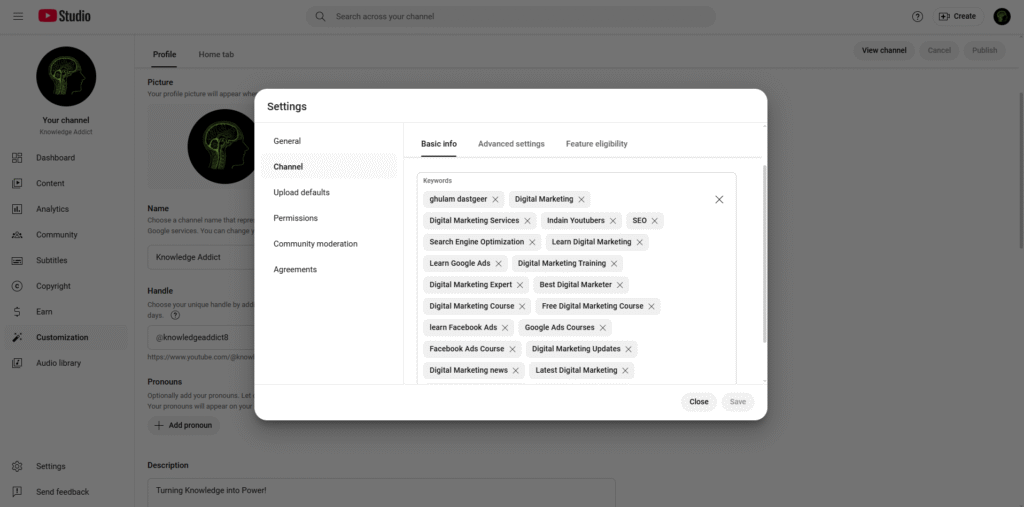
Before ranking videos, your channel needs a solid SEO foundation.
a. Use Branded, Searchable Channel Names
Make your name easy to remember and search-friendly. If you’re a fitness creator, something like “FitPro Workouts” works better than “TheFlexZoneX.”
b. Write a Keyword-Rich Channel Description
Use your primary niche keywords naturally. Mention your upload frequency, target audience, and video types.
c. Add Links and Contact Info
Include social links, business website, and email for trust and EEAT.
d. Use Channel Tags and Playlists
Organize your videos into topic clusters using playlists. For example: “SEO Tips for Beginners,” “Advanced YouTube SEO,” etc.
Master Keyword Research for YouTube Videos
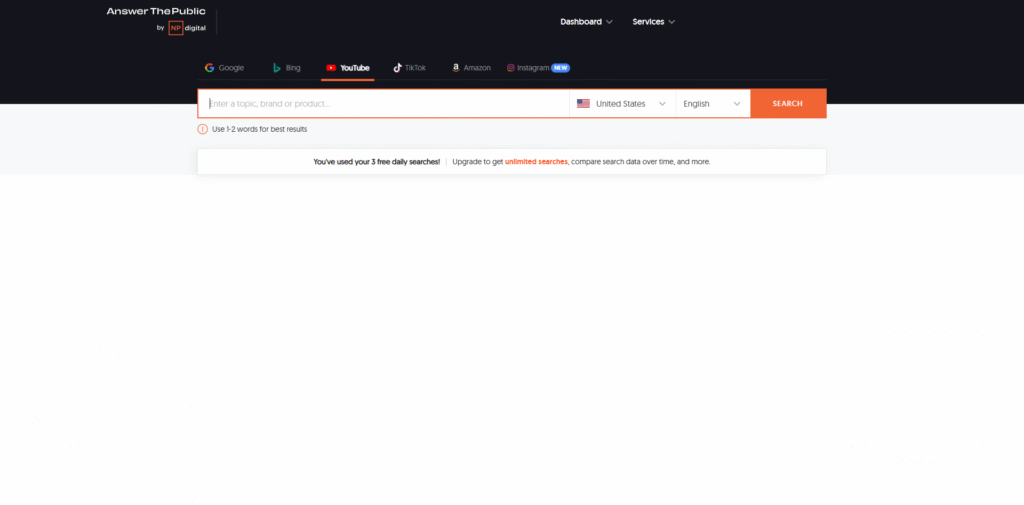
SEO starts with understanding what your audience searches for.
a. Use Keyword Tools for YouTube
TubeBuddy
VidIQ
Google Trends
Keywords Everywhere
b. Identify Search Intent
Are users looking for tutorials, reviews, or inspiration? Match the content accordingly.
c. Focus on Long-Tail Keywords
Instead of “YouTube SEO,” try “how to optimize YouTube video for beginners in 2025.”
Pro Tip: Check “Search Suggest” on YouTube by typing your main keyword and noting autocomplete phrases.
Craft SEO-Friendly Video Titles
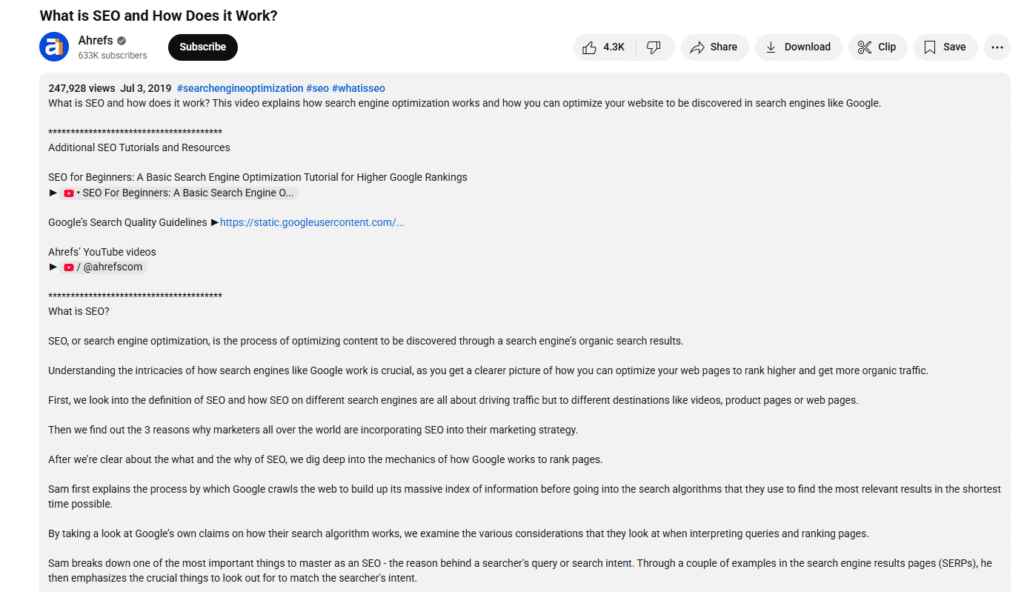
Video titles are your #1 click-through tool. They must be:
Keyword-optimized
Emotionally compelling
Easy to read
Format Example:
“YouTube SEO 2025: 7 Easy Ways To Rank Higher (No Experience Needed)”
Keep titles under 60 characters to avoid truncation.
Write Descriptions That Boost Rankings
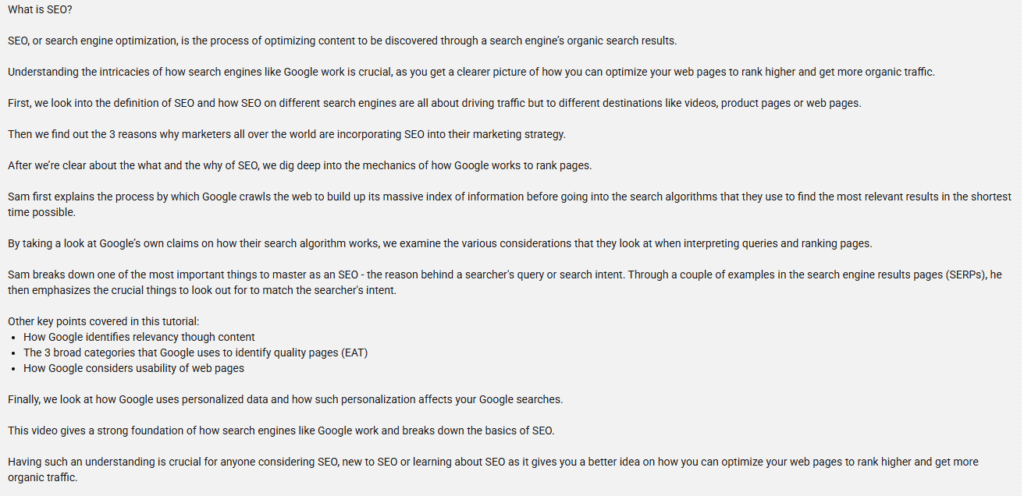
Your video description helps:
Rank for keywords
Feed information to Google’s AI systems
Improve watch time with links & chapters
Key Elements:
Include primary keyword in the first 2 lines
Use timestamps (chapters)
Link to related videos, website, and sources
Add hashtags related to your content
Use Metadata Like a Pro (Tags, Hashtags, Captions)
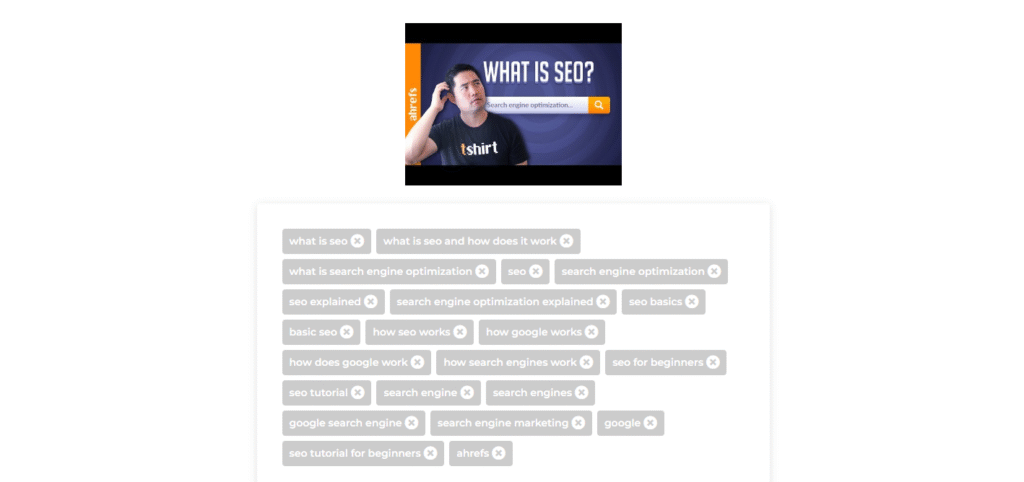
YouTube’s metadata still matters in 2025, especially for AI-driven discovery.
a. Tags:
Use a mix of short-tail and long-tail tags. Example:
youtube seo
how to rank youtube videos
seo for beginners
b. Hashtags:
Appear above your title. Use 1–3 relevant hashtags (e.g., #YouTubeSEO #RankVideos #VideoMarketing)
c. Captions & Subtitles:
Auto-captions aren’t enough. Upload custom .srt files for better accuracy and searchability.
Boost Video Engagement (Watch Time, CTR, Likes)
YouTube favors content with strong engagement metrics.
a. Hook Viewers in the First 15 Seconds
Use motion, text, or questions to capture attention immediately.
b. Use End Screens & Cards
Encourage users to watch more videos. It improves session time.
c. Ask Viewers to Like, Comment & Subscribe
Never assume. A direct ask improves interactions.
Tip: Use polls and pinned comments to increase community interaction.
Promote Your Video for External SEO Gains
YouTube doesn’t exist in isolation. Boost visibility beyond the platform.
a. Embed Videos in Blogs or Articles
Add videos to relevant blog content for extra exposure.
b. Share on Social Media (LinkedIn, Reddit, Pinterest)
Repurpose snippets or clips with strong CTAs.
c. Build Backlinks with Outreach
Share your videos with relevant bloggers or websites for embedding.
Bonus Tip: Schema Markup + FAQ Can Boost Video Visibility
Implement Video Object schema and FAQ schema on blog posts where videos
are embedded.I helps Google understand your content and may
trigger featurdsnippets.
Conclusion: Start Implementing YouTube SEO Today
YouTube SEO in 2025 is more than keyword stuffing—it’s a blend of strategic optimization, content quality, and audience engagement. By implementing these best practices consistently, your videos will gain visibility, authority, and traction across both YouTube and Google.
Start optimizing today and watch your video rankings rise.
FAQs: Answering Common YouTube SEO Questions
Results may take 2–8 weeks based on competition and channel authority.
Yes, but less than before. Use them to reinforce context.
Yes. Use schema, backlinks, and keyword optimization for dual ranking.